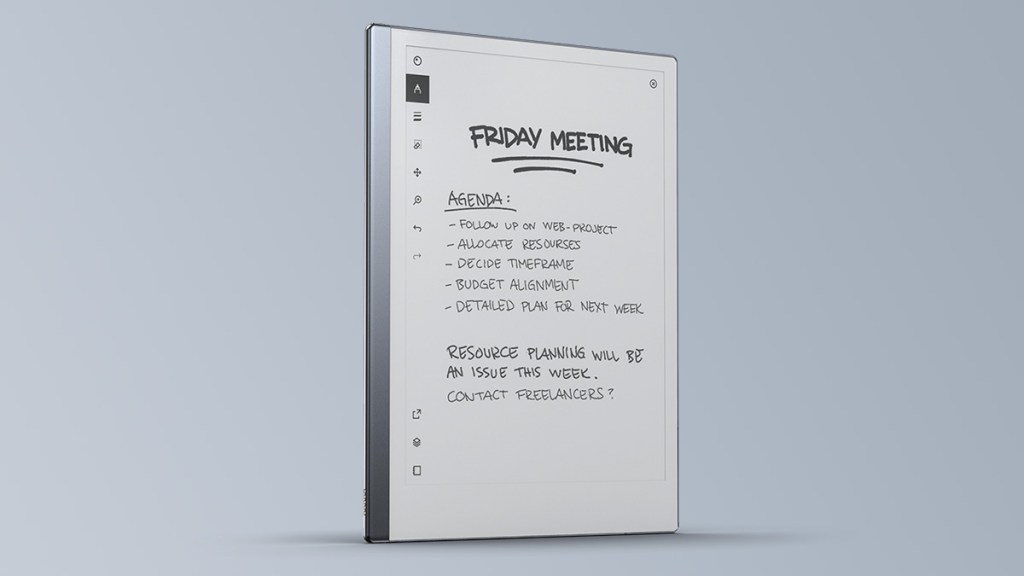Hardware makers have been trying to replicate the feel and utility of a paper notebook for years now. Surprisingly, a simple concept like an electronic notebook has been a considerable challenge. Plenty of products have come close to the mark, but the ReMarkable 2 may have finally made a notebook replacement that checks all the boxes.
However, at this point, is a paper notebook enough for us? If it were 15 years ago, the ReMarkable 2 would be stunning. But, for the price ($299 for the tablet alone), its functionality is extremely limited compared to its competition.
Writing experience and design
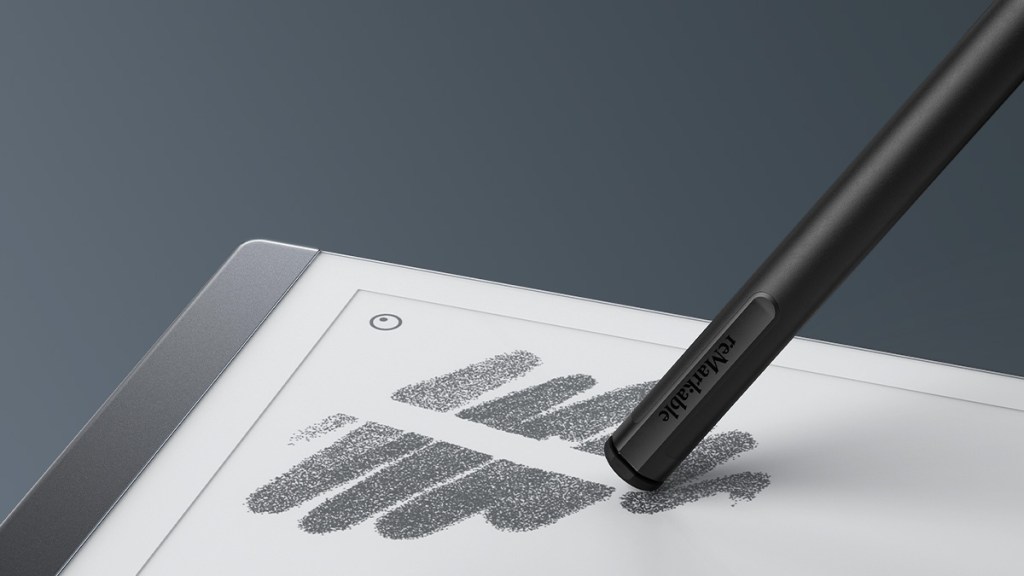
The ReMarkable 2 does one thing exceptionally well. It’s better than any other device on the market at feeling like a paper notebook. We were sent the Marker Plus ($129) with our review unit, and when writing on the tablet, you get the friction against the nib that’s so elusive with other products. That scratchy feedback helps complete the illusion that you’re actually writing on paper and gives you just a bit of precision that smoother surfaces lack.
The screen is also pressure sensitive, allowing you to (somewhat) simulate the experience of using different writing utensils. Equipping a pencil, for example, allows you to control the darkness of a line by varying the pressure. You can even tilt the marker and get a shading effect. However, the amount of pressure you need for a result differs from the real thing, so it’s not a direct translation. Fortunately, if you just want a black line, there are options for a pen and more.
Most e-Ink screens have at least a bit of latency due to low refresh rates. However, the tech has finally reached the point where the delay when writing with a stylus is low enough to rival paper. It’s not quite up to the level of an Apple Pencil + iPad Pro, but the ReMarkable marker is unpowered, which gives it some convenience that Apple’s product doesn’t have.
The ReMarkable 2’s design gets it right too. It’s light, with an attractive aluminum chassis, and is just a bit bigger than a composition book. The 10.3-inch screen is a good compromise between usability and portability. The overall package will easily fit in larger purses, messenger bags, and practically any backpack. The marker is held onto the side with a surprisingly strong magnet, too, so you don’t have to worry too much about it falling off into the ether.
Software
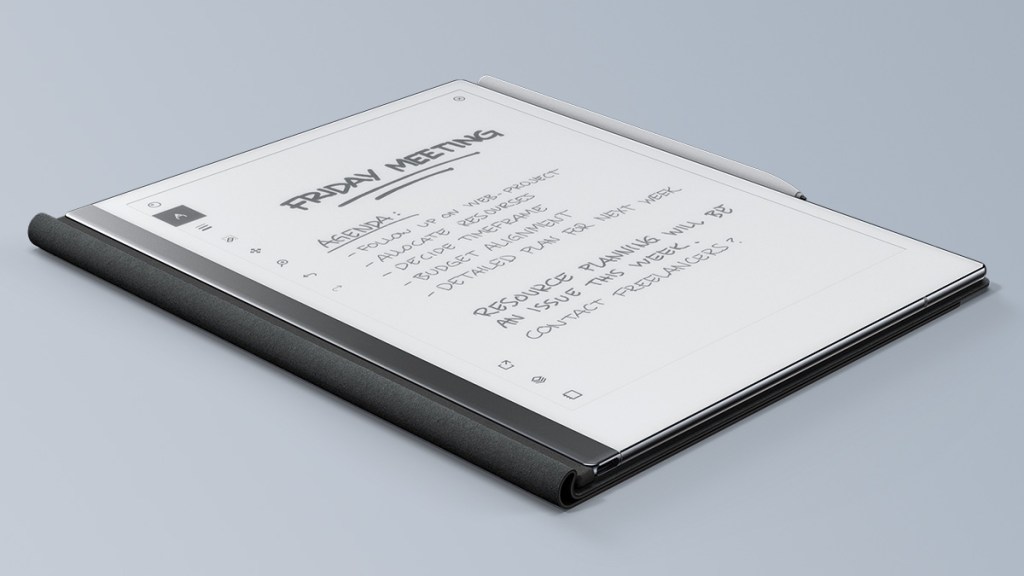
The main menu of the Codex operating system is pretty barebones, which is appropriate for a “distraction-free” device. You can create new folders, notebooks, or quick sheets here or use a popout sidebar to switch to viewing PDFs, reading ebooks, or changing options. It’s a very intuitive interface, and even though there were short tutorials each time I visited a new section, I didn’t really need them.
There are a ton of page templates that you can choose from, which makes the ReMarkable 2 incredibly versatile when it comes to writing. Of course, you get your standard lines and grids, but there are also options for planners, guitar tabs, music sheets, and lots more. That means it can replace more than just a notebook for those who spend a lot of their time writing this or recording that.
Backup and connectivity
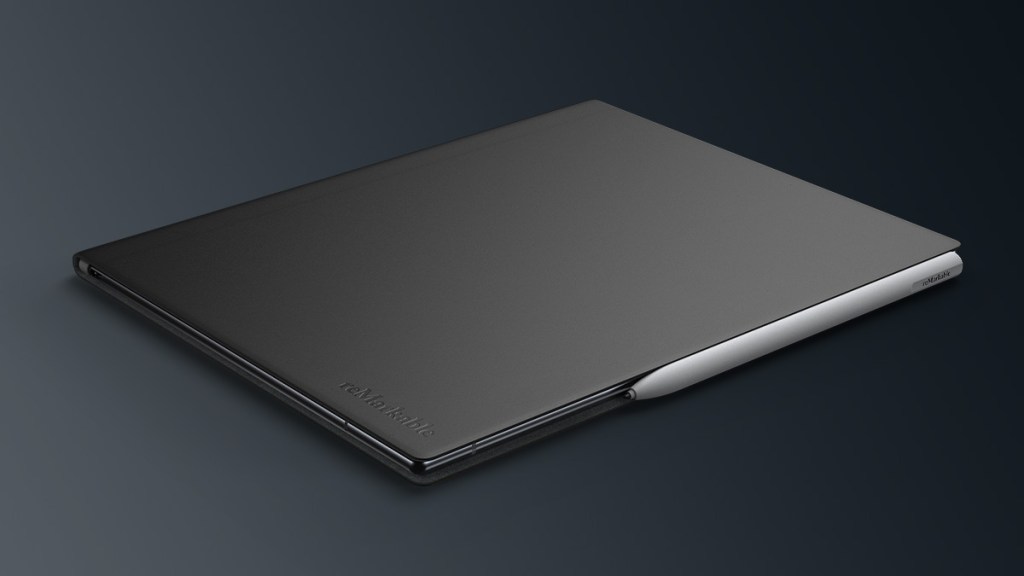
The ReMarkable 2 has decent backup options. It has a proprietary Connect service that backs up an unlimited amount of pages for $2.99 a month. Without the subscription, you have to access a document every 50 days or risk its deletion. There are options to backup files to third-party services too. Right now, Dropbox, Google Drive, and OneDrive integrations are available.
A handy feature that pairs with backups is the ability to convert your handwriting to text page-by-page on the device and upload it. This gives you a copy of your notes you can immediately edit on a computer without the need to transcribe them.
You can also send files to the tablet from the ReMarkable app. Microsoft Office files and web pages can be transferred as PDFs through extensions, or you can manually upload PDFs, EPUBs, JPGs, and PNGs.
Unfortunately, the e-reader functionality is extremely limited, so this won’t replace any devices. The text displays well, but there’s no bookmarking, dictionary, or anything beyond basic functionality (though you can mark up a book or PDF with the marker).
Lack of light
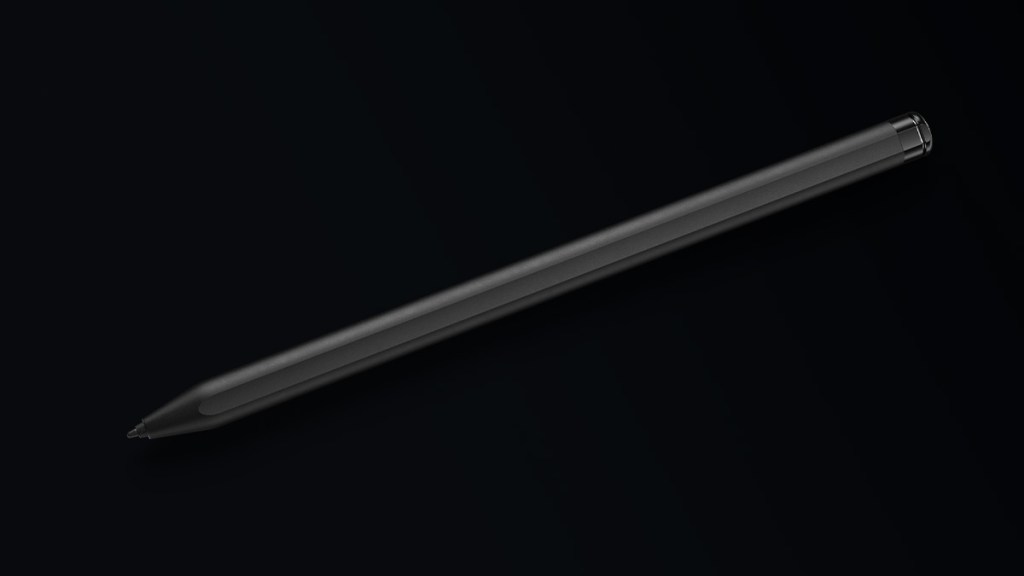
The most puzzling thing about the ReMarkable 2, and something unforgivable at its price point, is the lack of a backlight. This immediately puts it behind its competition in my eyes. The Kindle Scribe and Boox’s line of e-Ink tablets have dual-tone lighting that lets you mix white and amber light to your satisfaction and still focus on writing with a stylus. In contrast, this tablet can only really be used in direct light.
The screen is easy enough to see in daylight or under a lamp. However, it suffers the same issues as any other e-Ink screen without a backlight does. This isn’t a big deal if you’re just using it as a writing device. But no blacklight is another thing that prevents it from replacing an eReader,
Pricing

The ReMarkable 2 is extremely expensive for what it is. The tablet is $299, which seems like an alright deal until you realize it doesn’t come with a marker or case.
You can spend either $79 on the basic Marker or $129 on the Marker Plus. The only difference between the two is that the Marker Plus has a built-in eraser, which somehow justifies another $50.
The two folios have the same pricing scheme. The sleeve runs $79, and the Book Folio is priced a $129 for the gray polymer weave or $169 for brown or black leather.
So if you want the ReMarkable 2 tablet with a marker and case, you’ll be paying between $457 and $597. Considering the fact that you can get a 9th-gen iPad for $329, a 10th-gen iPad for $449, or a 5th-Gen iPad Air for $599, all of which support Apple Pencil and do an infinite number of things the ReMarkable 2 can’t, this tablet isn’t a great value.
ReMarkable 2 Review – The Final Verdict
The ReMarkable 2 provides the most pleasurable electronic notebook experience available. However, the high price and lack of additional functionality (especially a backlight) make this an extremely niche item. It does the job it sets out to do very well, but that’s the only thing it does. If you can buy an iPad and Apple Pencil for around the same price and read books, play games, write notes, create art, and enjoy music and video, why limit yourself to something that does just one of those things a little bit better?
Positives and Negatives
-
Great writing experience.
-
Great build quality.
-
No backlight.
-
Barebones e-reader.
-
Very expensive for what it does.
